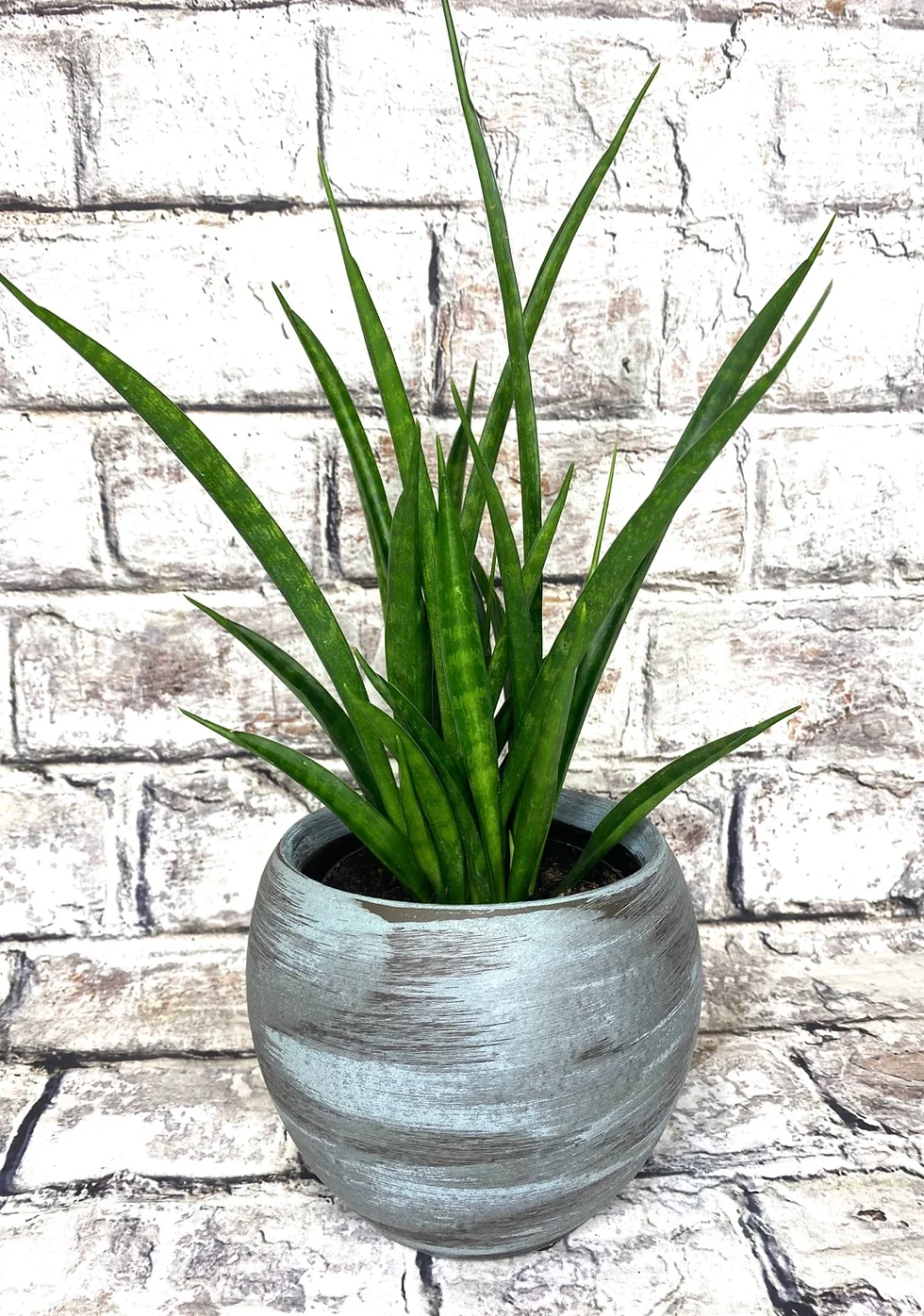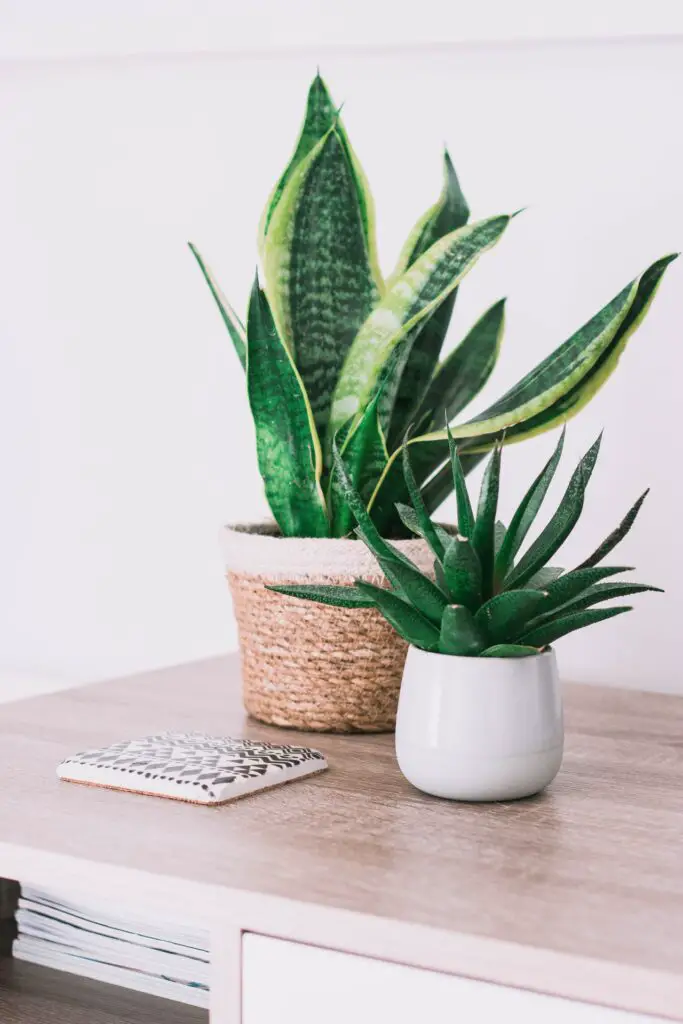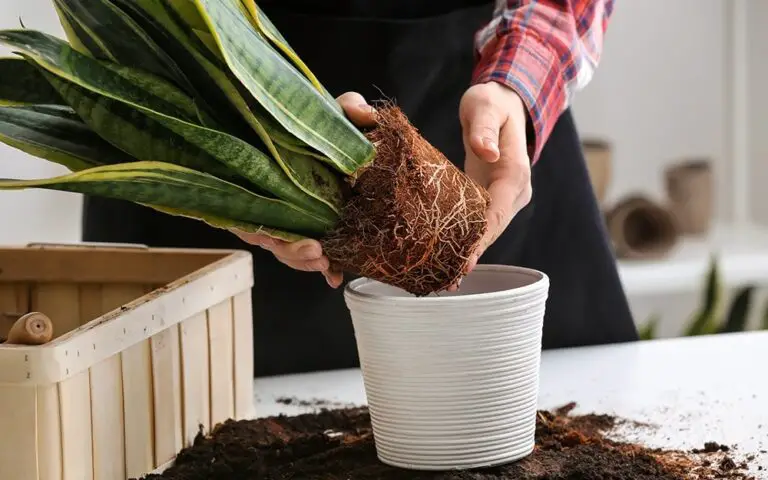Sansevieria Kirkii

Also Known As
At A Glance
Features
Origin
S. Kirkii is native to Tanzania, Malawi and Zanzibar. It grows on coral cliffs near the sea level. It spreads on the ground to make a thick cover.
Size
Although each leaf can grow up to 6 feet, the leaves have a tendency to curve or even droop. As compared to typical snake plants, Kirkii spreads more on the ground rather than growing straight upright. Each leaf is 3-4 inches wide in the middle. Flower stalk is much shorter than the leaves. It's at most 2 feet long.
Foliage
This Sansevieria species has unusual flat, sword-shaped, fibrous leaves 1-4 per tuft. They have tough and wavy narrow margins of reddish-brown color. Dark green colored leaves are mottled with white specks. Young leaves may not have the specks. The mature leaves are very corneous in texture and have pointy tips. Base of the foliage is concave-shaped and channeled.
Flower
The florescence has a distinct conical shape. Flowers grow from a bunch of greenish-white buds with purple-pink tubes. Color of the blossom is greenish white and each flower is about 4-5 inches long. It has a pleasant scent.
Toxicity
Sansevieria Kirkii is mildly toxic when eaten. The ingestion can cause oral, throat irritation, and other gastrointestinal problems. Keep away children and pets.
Growth Season
This evergreen succulent actively grows during warmer climates like the spring to summer season. In its natural habitat, rainy season is the time of blossom, which is from March to May. The plant is in dormant state during the winters.
Pests
This plant is very less likely to be infested by pests. Follow proper watering schedule to prevent any diseases.
Propagation
Plant division is the fast method for making new plants. Leaf cutting also works well but takes time. For this, cut a leaf in 3-4 inch long sections and plant them until they form roots. After the roots are 1.5-2 inches long, it can be removed and planted in a new pot.
Growing Conditions
Water
This plant is drought-tolerant and doesn't require frequent watering. Allow the soil to dry completely before each watering. The watering schedule can be once every 1-2 weeks in the growth season. During winters, water once a month or less frequently than that. Don't let the soil remain wet for long, especially during winters.
Light
It can survive anything from the full sun to low light conditions. Bright indirect sunlight is ideal for the growth and blooming. Outdoor plants prefer shade or semi-shade in tropical regions. In a non-tropical climate, it can tolerate a full sun.
Soil
A fast-draining and porous soil is great for this plant. Recommended mix is a combination of 3 parts of loam and 1 part of pumice. Another option is soil, perlite and peat in equal amounts. Make sure that the soil drains water freely.
Environment
The ideal growing temperature for this variety ranges from the average room temperature to hotter tropical climate. It is not frost hardy. Don't keep it below 40°F (4°C). Avoid watering in freezing temperatures.


